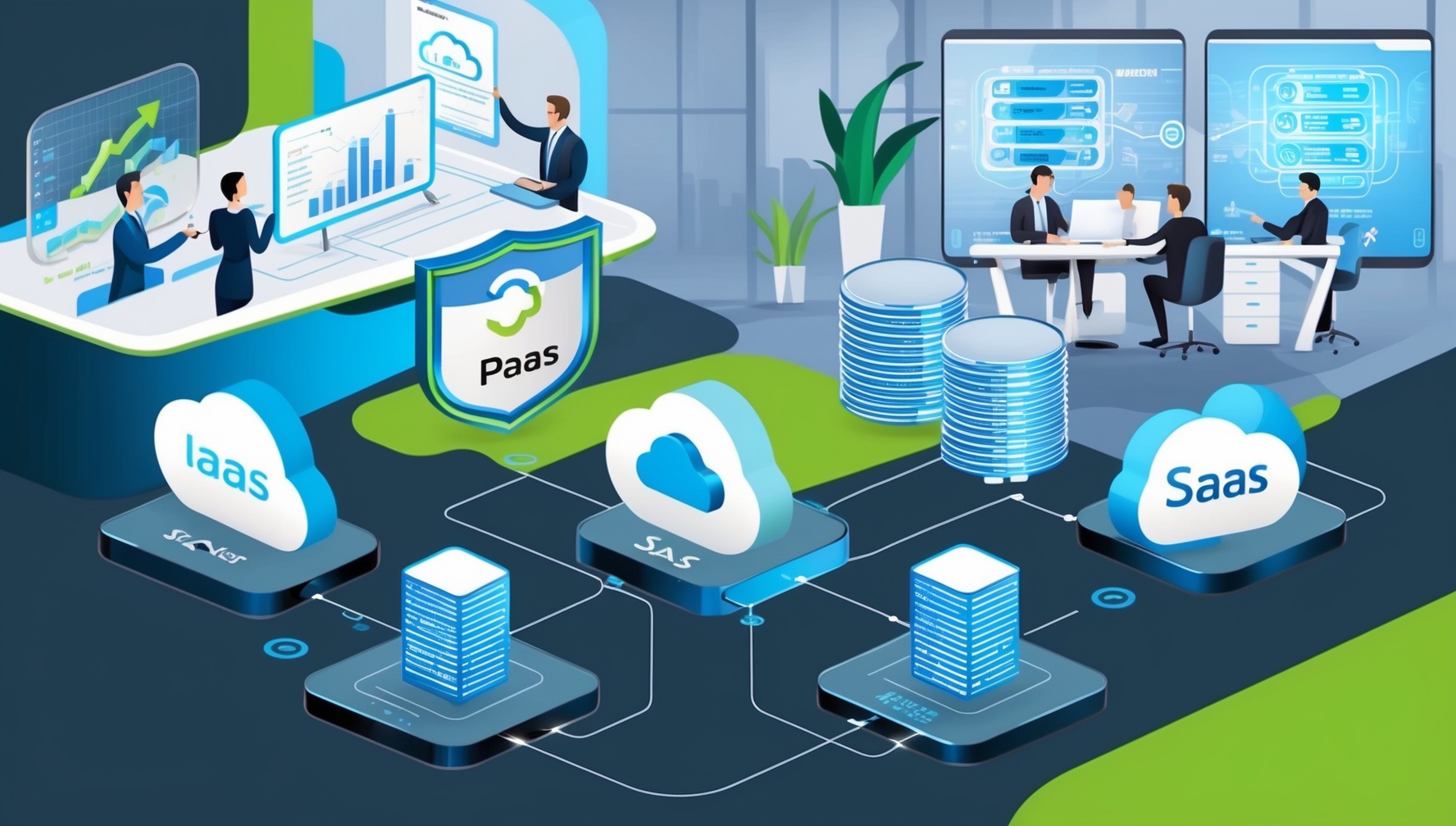Cloud computing has become a game-changer in IT, offering new ways to manage and deploy technology infrastructure. These essential cloud computing concepts lay out this model's foundational principles and benefits, explaining how it shifts traditional IT practices and drives efficiency. Cloud technology promises cost savings and operational agility for organizations of all sizes by simplifying access to powerful computing resources.
In a traditional IT setup, companies invest heavily in hardware, software, and data centers. These resources often sit underutilized, and maintaining and upgrading them demands considerable time and expense. Enterprises that rely on in-house infrastructure struggle with scalability, as they must either overprovision to prepare for future growth or risk being unable to meet demand spikes. The static nature of this approach often leads to inefficiencies and wasted potential.
However, transitioning to a new technology model is never without challenges. Many organizations are apprehensive about the risks associated with cloud computing. Data security and vendor lock-in concerns are common, as companies fear losing control of their sensitive information or becoming dependent on a single service provider. Furthermore, the lack of standardized regulations and the evolving nature of cloud services introduce uncertainty and complexity. These issues leave IT leaders hesitant, as the stakes for data breaches or service disruptions can be significant.
Cloud computing, however, offers compelling advantages that address these worries while transforming IT infrastructure. It enables businesses to rent computing resources on demand, significantly lowering capital expenditure and maintenance costs. The guide explains the core service models—Infrastructure as a Service (IaaS), Platform as a Service (PaaS), and Software as a Service (SaaS)—and how they provide flexibility and scalability. Security concerns are mitigated through robust measures implemented by leading providers, and strategies are discussed to avoid vendor lock-in, such as employing multi-cloud solutions or exit plans.
Understanding the fundamentals of cloud computing is essential for any organization looking to remain competitive and agile. By leveraging the insights in these essential cloud computing concepts, CIOs and IT leaders can evaluate the potential of cloud technology and decide how best to implement it. These essential concepts equip decision-makers with the knowledge to balance risk and reward, laying the groundwork for a future-proof IT strategy that optimizes resources and drives innovation.
Main Contents:
- Introduction to cloud computing, including definitions and the underlying principles of resource sharing and scalability.
- Explanation of different service models, such as Infrastructure as a Service (IaaS), Platform as a Service (PaaS), and Software as a Service (SaaS), and their specific use cases.
- Discussion of the benefits of cloud computing, focusing on cost reduction, operational efficiency, and the ability to scale resources on demand.
- Examination of common concerns, such as data security risks, vendor lock-in, and the evolving nature of cloud standards, with strategies to address them.
- Overview of how cloud computing complements traditional IT infrastructure and how organizations can integrate cloud services strategically.
Key Takeaways:
- Cloud computing provides significant cost savings by eliminating the need for heavy upfront investment in IT infrastructure and reducing maintenance expenses.
- Cloud services' scalability allows organizations to adjust resources dynamically, ensuring that they can handle changing workloads efficiently.
- IaaS, PaaS, and SaaS offer different service levels, allowing companies to select the most appropriate solution for their business needs and goals.
- Data security concerns are valid but can be managed effectively through the security measures implemented by reputable cloud service providers.
- To minimize the risk of vendor lock-in, businesses can adopt strategies like using multi-cloud solutions or creating exit plans to retain flexibility and control.
These essential cloud computing concepts are vital for CIOs and IT leaders. They provide them with a clear understanding of how cloud technology can address key organizational challenges. By covering the basics of cloud service models, cost benefits, and risk management, these essential concepts equip leaders to make informed decisions about cloud adoption and integration.
- Reduce IT Costs: Use the overview to learn how cloud computing can significantly lower capital expenses and ongoing maintenance costs, freeing up the budget for strategic investments.
- Enhance Scalability: The guide explains leveraging cloud solutions to scale resources on demand, ensuring that IT infrastructure adapts quickly to business needs and market changes.
- Improve Operational Efficiency: CIOs can explore how automating infrastructure management with cloud services simplifies operations and allows IT teams to focus on higher-value projects.
- Manage Security Risks: The document addresses common security concerns and provides insights into how leading cloud providers implement robust measures, helping organizations secure their data effectively.
- Prevent Vendor Lock-In: IT leaders can use the strategies outlined in the guide to avoid dependency on a single cloud provider, ensuring long-term flexibility and control over their technology landscape.
These cloud computing's essential concepts empower CIOs and IT leaders to tackle problems like high infrastructure costs, limited scalability, and security concerns. By applying the knowledge and strategies discussed, organizations can optimize their IT operations, drive innovation, and remain agile in an ever-evolving digital landscape.

